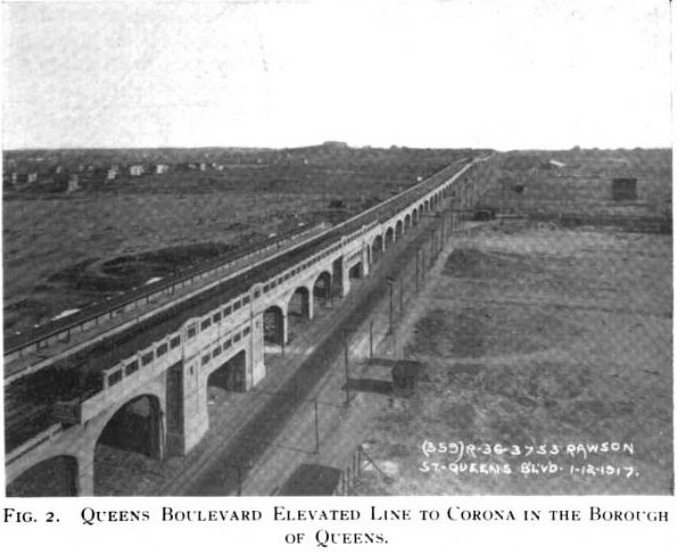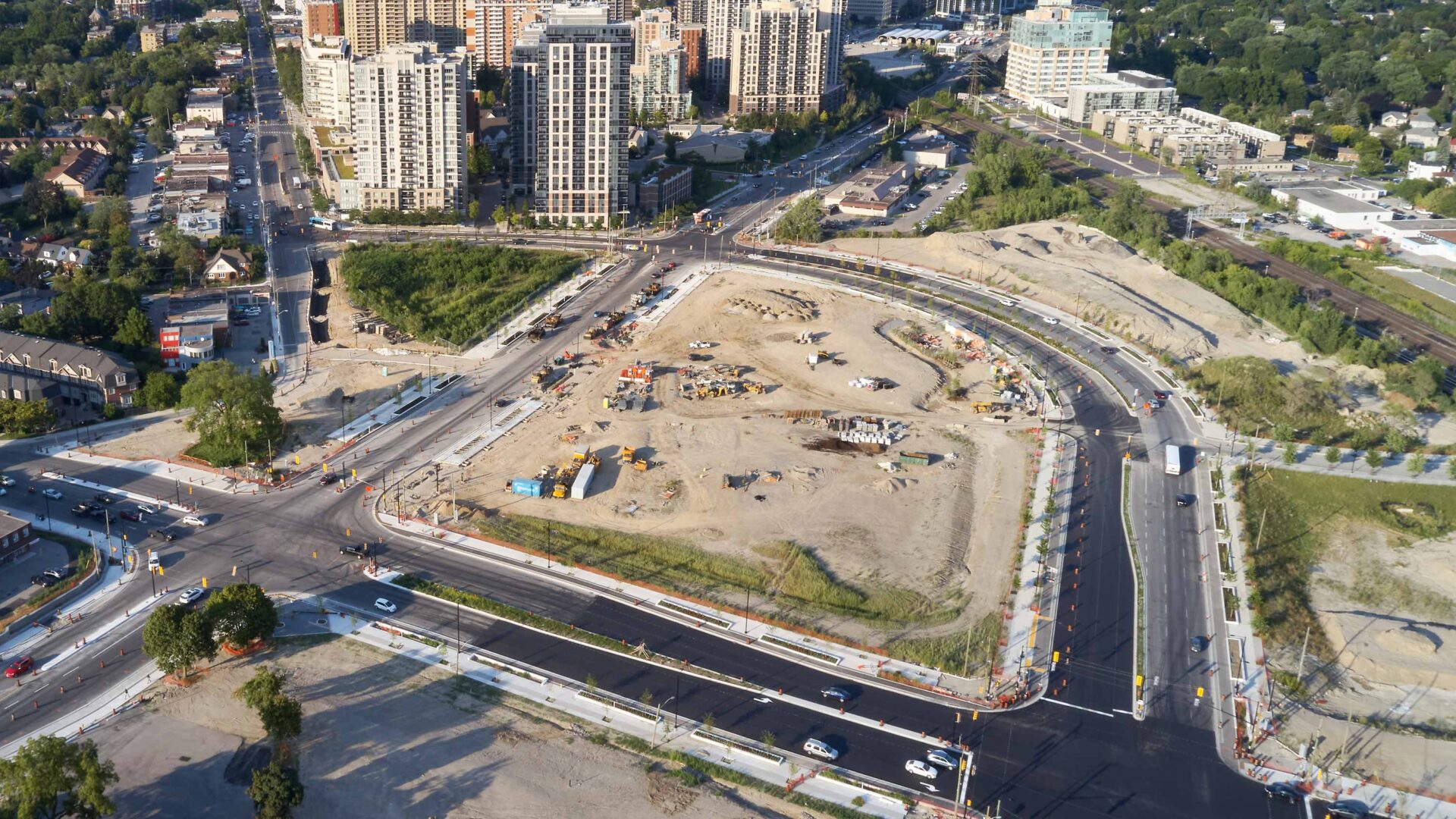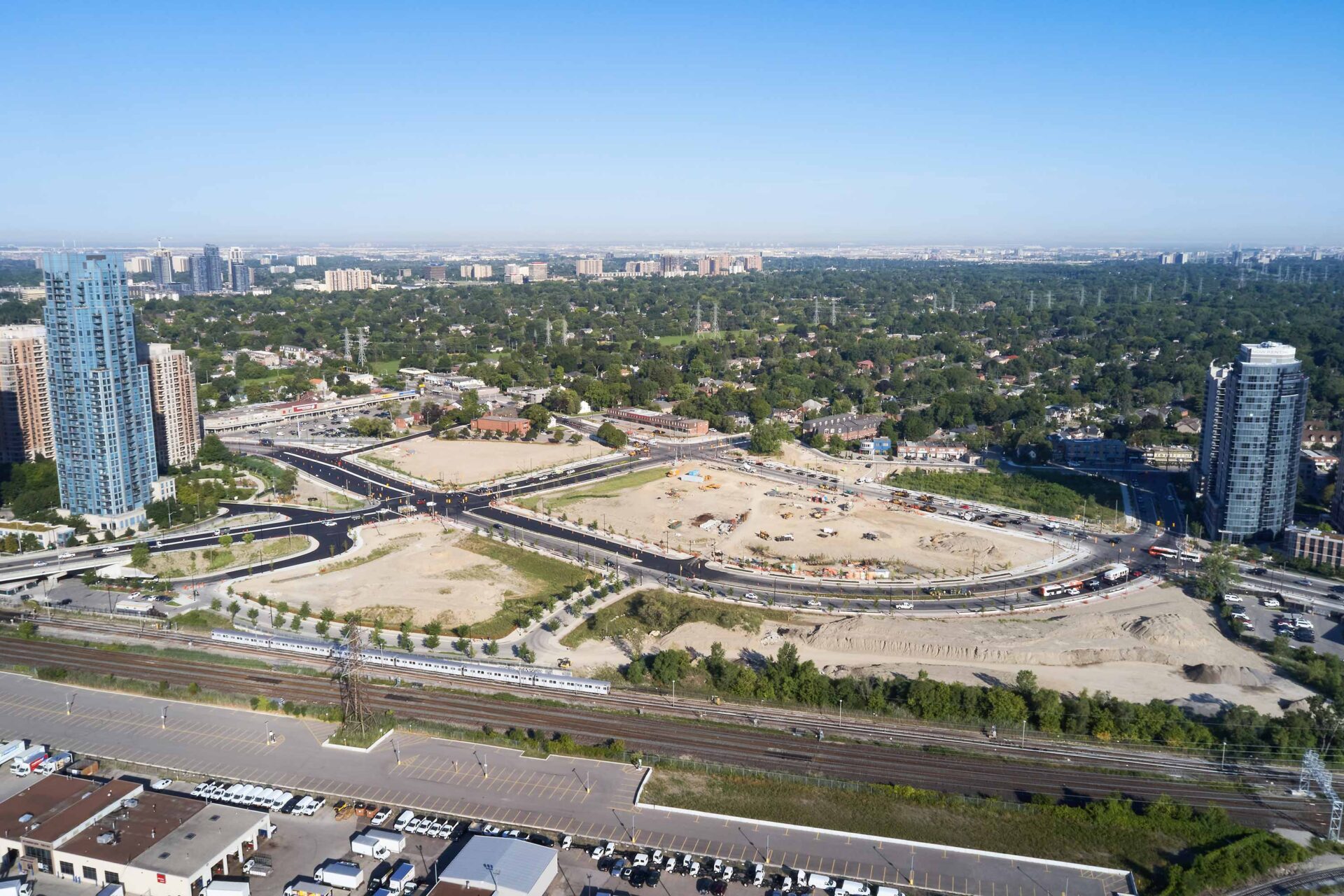Translude15
Frank the Tank
To add to this cultural component reflecting the urban (transit) vs suburban (auto-centric) divide, the ever-present ideal of home ownership is absolutely perpetuated by the lived experiences of many of the GTA's numerous ethnic groups. Many of the SW Europeans who first immigrated to Toronto in the mid-20th century, ranging from Portuguese, Italians and Greeks all lived in dense, multi-tenant housing within the inner portion of Old Toronto, or depending on the decade, apartment buildings. My British family who immigrated here in the late 50's - early 70's all lived in apartment buildings throughout western Toronto, mostly Rexdale until the majority flocked to single-family homes. My 91 year old aunt still lives in the same apartment they moved into in the 60's at Dixon-Islington but she's the only one living in a non-SF dwelling. Many of the Asian and SE Asian communities who immigrated here in the 80's - present all started off in similar housing arrangements as well.Cultures develop because of some factors. Here car culture developed because cities were newer so they were planned in grid form with wider streets and ever wider highways. Gas is cheaper here as well. If given an option, people would like to have a single door to door ride in their own private space where they could listen to anything at any volume or talk about anything private. If we provide more services to drivers (like wider roads or cheaper gas), we are drawing traffic away from transit. I am not debating if that's right or wrong but saying that road infrastructure does compete with transit.
IMO these lived experiences perpetuate the ideal and insatiable desire for SFH ownership because it's perceived as more "civil" and peaceful relative to densely populated condo clusters or apartments. That never-ending pursuit of suburban style home ownership has been passed along to the 2nd and 3rd generations of a multitude of ethnic groups in the GTA for decades and frankly, it highlights that very real disparity between single family dwellings and condo/apartment living that leads to this pursuit. It also highlights the very necessary need for the "Missing Middle" medium density housing stock in the region which offers more space and privacy than massive apartment complexes and condo projects. Time for government to stop pandering to developers and investors and start focusing on the needs of people and those with families.







